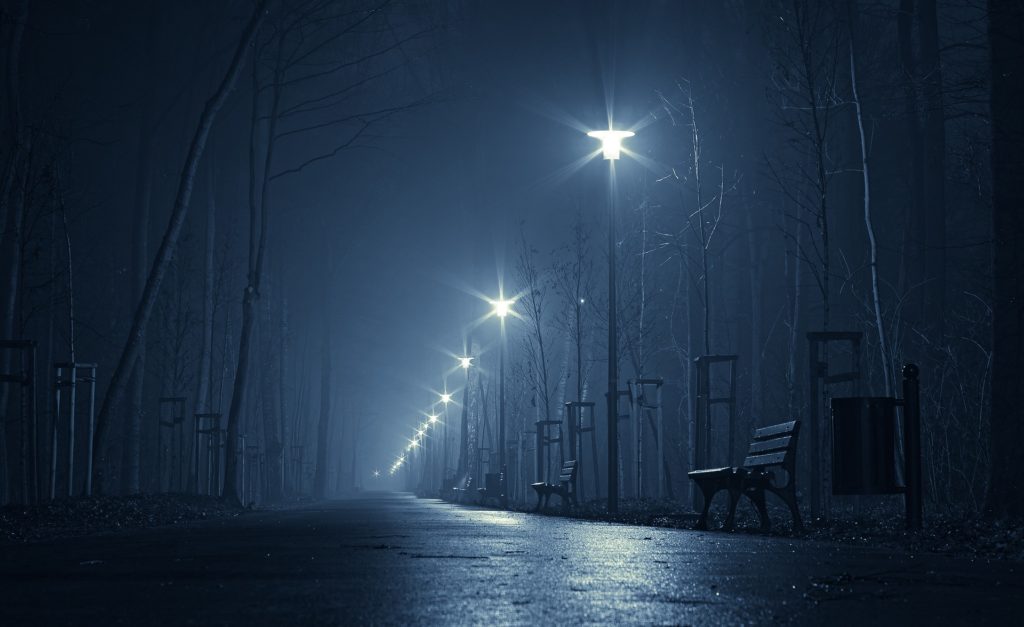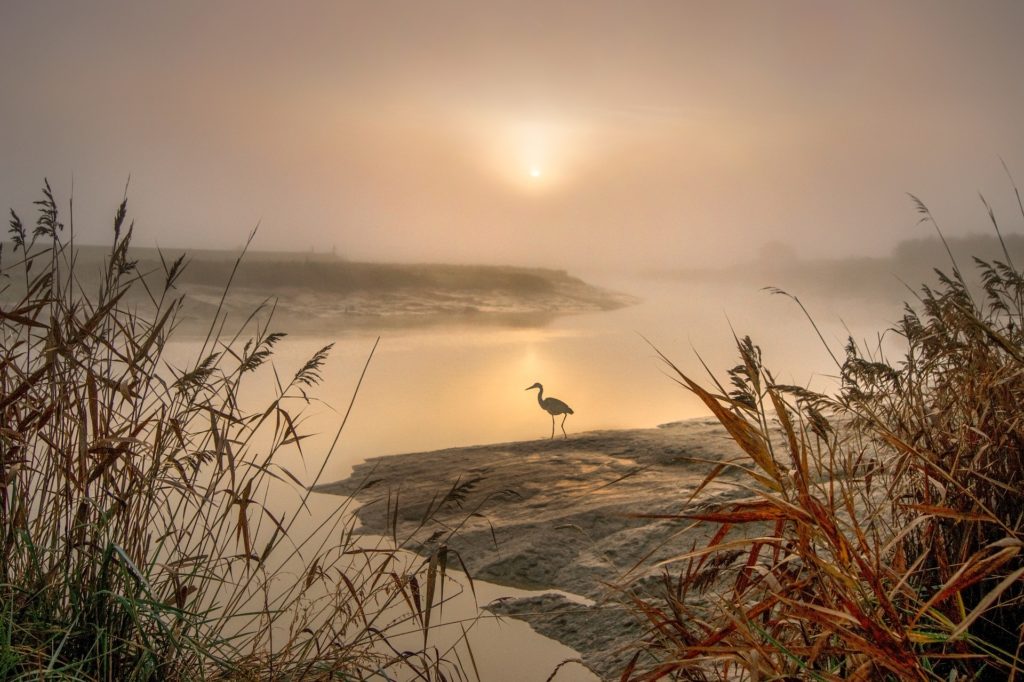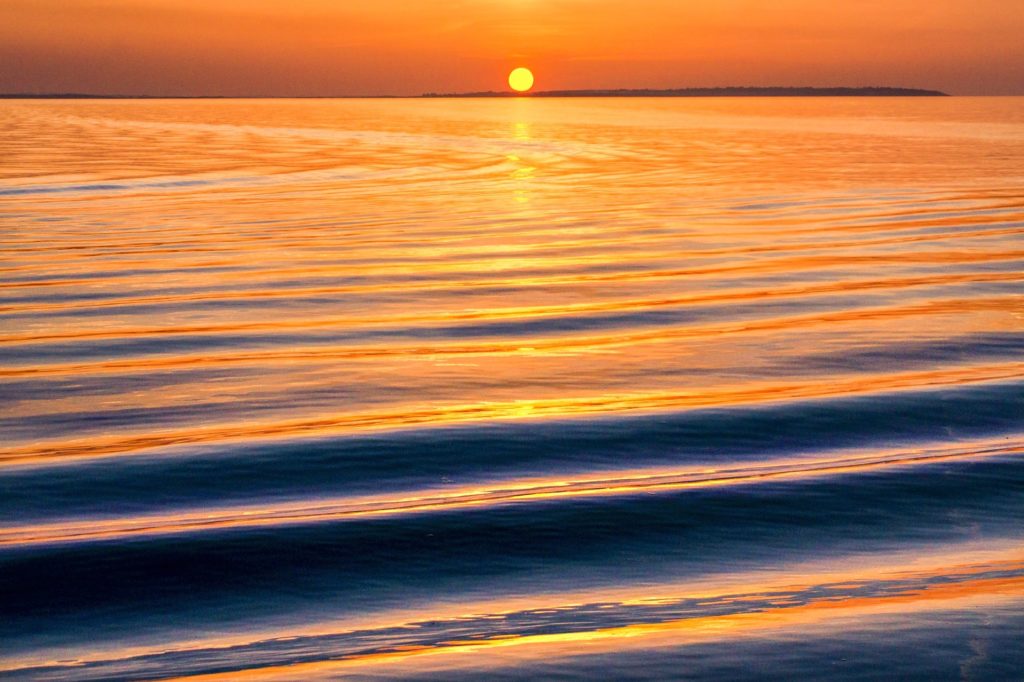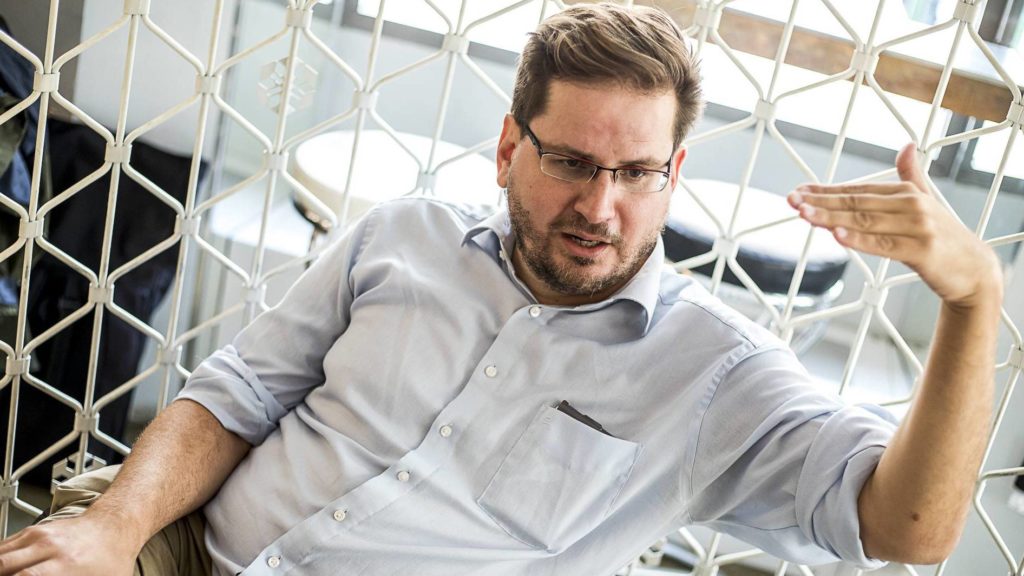Once upon a time, an intelligent species had evolved on the planet Earth. They had the ability to reason and think beyond the capabilities of the rest of the animal kingdom. They had been able to create languages, conventions, customs, and norms of behavior, which were astonishingly diverse. They were the Homo Sapiens and they rule the earth today.
Even after being the most intelligent and advanced in science and technology, humans have affected the earth like no other species.
Ozone hole, climate change, ocean acidification and species extinction are a few examples of the tremendous impact humans have had on Earth.
But what would happen if all the humans suddenly disappeared? What will happen to our cities and industries? Will life on earth continue to thrive? Or will the natural system collapse without us?
There are various theories emerging about what would drive humanity to extinction, and it’s unlikely that all humans will disappear in an instant. Nonetheless, imagining an abrupt and complete eradication of humans from the earth is the most effective way to explore the world without us. Humans have affected the air, the water, and the land. But have we changed the earth forever?

Let’s imagine that in one summer afternoon in Hungary, all humans vanish from the world in an instant. The moment we disappear, the world will start to change.
The temperature in Budapest and other urban areas of the world will suddenly drop down a little because the average human body emits the heat equivalent of 100-watt light bulbs.
Thousands of cars, trains and other automobiles will start colliding as their drivers have vanished. Hundreds of airplanes approaching airport runways will end in a fireball. All this will add pounds of carbon dioxide into the air which can pollute the sky for one hundred years.
However, cities will continue to function with automated systems as long as the power stays on.
Power is generated with more than 50,000 power stations around the world. Without human assistance, coal power plants will start to fail. The solar and wind power plants will be still running but the computer systems will shut down. With no human monitoring, the turbines flood, and the hydroelectric plants will shut themselves down. The worldwide loss of electricity will reach the nuclear power plants. An automated system detects the electrical grid failing and it shuts off the reactors. The world will plunge into the darkness.
Now industries will start reacting to the loss of power. Cooling systems stop without power and toxic gases will be released from thousands of industrial plants. It will pollute the soil and the air. With power off, liquid natural gas will start to vent.
It will reach the automobiles and cause tremendous explosions.
Fires will burn for days as hundreds of chemical plants around the world send dangerous toxins into the air. Pumps at sewage treatment plants cannot function without electricity and the raw human sewage will be entering into lakes and rivers. And just a few hours of our disappearance will have triggered catastrophes around the world.

In the next three days, pets and zoo animals will be left with two options, break out or die. Cattle will die from dehydration. Those animals who manage to break out will have to struggle to survive on land.
Birds, on the other hand, will be happy to migrate easily at night as they use night stars for navigation and with no artificial light blocking the night sky , they will be successful at reaching their destination.
But an unprecedented disaster will be waiting for living beings on earth. The emergency backup systems will be sustaining the world’s nuclear power plants, but it is not going to last forever. Emergency diesel generators would have started working as soon as the electricity failed but after seven days, it would also run out. On the tenth day, a nuclear disaster will occur that the world has never seen before. Giant plumes of radioactive smoke and particles will spread across the northern hemisphere.
A massive dose of radiation, 500 times greater than what has been unleashed on Hiroshima will be released.
Dangerous radioactive particles with a half-life of hundreds and thousands of years will spread. It will poison the earth. It will kill the trees and small animals.
In the next few days, escaped zoo animals and pets will try to adapt and find food themselves. City mice will thrive on grocery foods. It will attract their predator, cats. The dogs will start hunting in packs. All over the planet, animals will be invading the human world to find food and what we left behind will keep them alive even as a cloud of radiation spreads. The radiation will dissipate in three months. Within three months, the astronauts in the International Space Station will also die without getting supply cargo from the earth and Homo Sapiens will be wiped out completely.
However, there will be another trouble for the escaped animals around the corner, the winters.
We, humans, have taken animals from their natural habitat and kept them miles away from their homes. The animals from the warmer regions are not evolved to survive in winters on their own. They will either migrate or die. The next spring will not be green, but red. Radiations affect the chlorophyll that makes the leaves green and as a result, the leaves will turn red. But the good thing is the rain will wash radioactive debris and poisonous particles will be driven underground. Without humans to hunt, animals will thrive. In the Mecsek mountains in Pécs, deers and wild boars will be finally living peacefully. Nature will have more places to grow that spring.
Mosses and lichen will attack our highways, buildings, and roads.
Carbon dioxide will be cleaned faster than ever before by the trees. Turning waves of oceans will also absorb carbon dioxide from the top layers of the sea, then microscopic plankton and shellfish absorb it into their bodies. Many died and sunk into the depth of the ocean taking our carbon dioxide to the depth of the oceans.
After 30 years of our sudden disappearance, human satellites and objects will be falling to earth like shooting stars.
Their batteries will run out and the gravity of the earth attracts them to the earth. Even after thirty years, anthropogenic global warming will still be affecting the global oceans. At least 50,000 ships that will be standing along the seashore rusting on the seaboard provide spaces for fishes and sea creatures to live and breed. 518 million pounds of fish are taken from the sea every day. Without humans, fish will live longer and grow bigger. Whales will thrive. Whales rely on sound for mating and human ships have disrupted it.

Humans have used one-third of all dry land for farms and pastures to meet their needs. But now fields originally planted with one type of crops have been invaded by a variety of wildflowers and weeds. There will be sounds of glass crashing around the earth.
Skyscrapers were built using cog and metal clips to keep the windows in place. But after years, the clips will rust, and glasses will fall.
The building without glass windows will provide a habitat for birds and animals. After years of neglect, paint peels away and raw metal exposed to air will rust. Concrete, which is used to make modern buildings and engineering structures, will be damaging.
100 years into the future, the concrete will become too fragile and fractured to support its weight and buildings will crumble. Cities and towns will disintegrate. They will become cooler as there is no black surface to absorb heat from the sun. The chain bridge of Budapest will have eventually fallen, separating Buda from Pest.
Fast forward 120 years into the world without humans, manmade global warming will come to an end.
Our impact on the planet has declined. Wild animals will have come into the cities. Wolves will come back and hunt across Europe.
In the next 200 years, dams will have finally fallen. Humans have disrupted the natural route of half of the major rivers by making dams for power supply. As altered rivers will come into their natural state, silt will create new lands and coastlines change.
The Colorado river will meet the ocean, for the first time in years, as a flood, not a stream. It will transform North America.
A vast marsh, once one of the wonders of the Americas, will revitalize. In France, parts of Paris will be marsh again. In the United Kingdom, London will be covered in marshlands. The tropical monsoon will return to the Indian subcontinent, and it will be covered in forests. New species of animals and plants will be thriving on earth.
As for some of the most iconic monuments, like Eiffel Tower, it will take more than 200 years to disassemble completely.
But nature will eventually reclaim the earth and bury the signs of humanity.

It has taken humans at least 10,000 years to force their will on Earth but it will only take 200 years for Earth to vanish their signs. We, humans, are not as significant as we think we are. We can never stop nature to reclaim the earth. We are not even one of the most successful species.
There are Cyanobacteria species which have lived for 1.8 billion years, Horseshoe crabs that have lived for 445 million years and the Trilobites that have lived for 270 million years.
We, on the other hand, have lived on Earth only for 100,000 years. Even with nuclear weapons, biological welfare, and man-made environmental disasters, we will only end ourselves. The sixth mass extinction could be waiting for us. We are uniquely dangerous for ourselves. The evolution will keep on going, the earth will always find a way to heal itself without us. And then perhaps, a new intelligent species will evolve and be given the chance to dominate the planet earth.
Written by: Alizeh Asif







